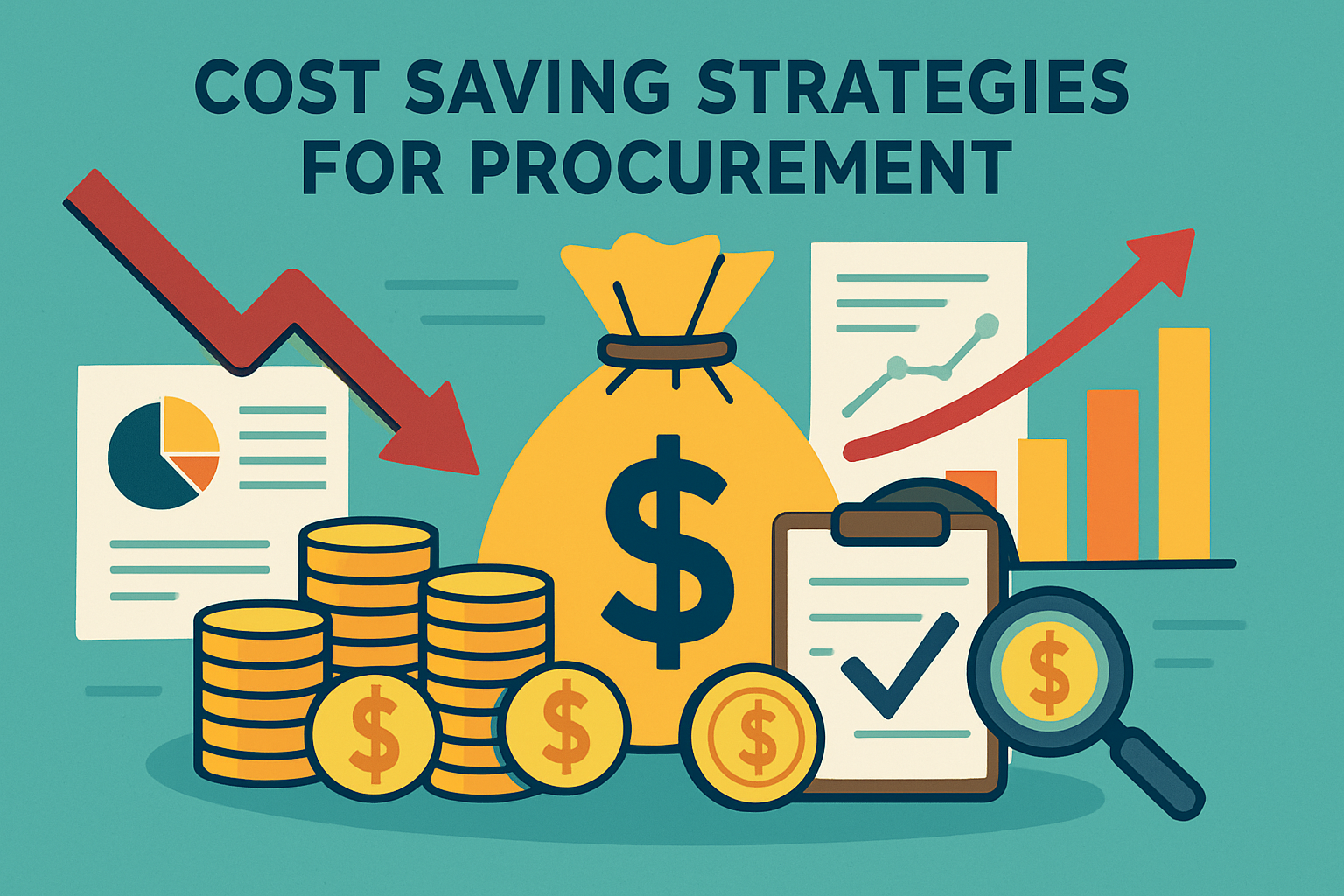4 Major Trends that are Already Changing the Legal Sphere in 2020

High firm billing rates, vague retainer arrangements, and poor customer service are frustrating clients, and that these shifting market dynamics, combined with powerful new data analytics capabilities, will oblige better and more defensible decisions by all parties. Given these disruptive forces, below are four key trends that are already affecting the 2020 legal environment.
1. PRIVACY AND SECURITY FOCUS INCREASES
With growing legislation and rampant breaches, there’s increased attention on advising clients in these areas, and firms ensuring their own systems are better protected. Breach-related costs and liability—litigation, government investigations and fines, audit, and response—compel it.
The American Bar Association’s 2019 Legal Tech Report revealed that 26% of respondent firms reported a data breach; that number is steadily increasing. One month into 2020, five US law firms have already been compromised by a new round of ransomware attacks. In two of those cases, a portion of the firms’ stolen data has already been posted online.
The 2018 Morrison & Foerster and ALM Intelligence Privacy & Data Security In-Depth Report shows privacy and security are top concerns for 63% of GCs, with regulations and enforcement a concern for 72%. Given newly enacted legislation like the CCPA, that number is growing considerably this year and will only continue.
2. DATA ASSUMES A BIGGER ROLE
The data revolution is here. Let me read that back from the record—the data revolution is here. The start of 2020 has the profession realizing that using analytics to extract insights will enable better decision-making across a wide array of legal functions.
A 2018 study conducted by ALM and LexisNexis® Legal & Professional showed only 36% of AmLaw 200 firms using data analytics; but 90% of them felt that analytics added value to their practice, with 29% calling it “invaluable.” That adoption will dramatically increase. For instance, in-house counsel will conduct detailed analysis of efficiency and outcomes, forcing greater practice transparency and accountability.
At the same time, law firms will have unprecedented capability to assess client profitability and business development ROI. By mining massive data sets like docket data, legislation, case opinions, and contracts, firms can weigh which cases are likely to be profitable, understand industry trends, and measure the efficacy of marketing efforts. Data can also help demonstrate competitive advantage to clients, determine litigation strategy, and better manage the firm’s time.
3. CLIENTS DEMAND MORE TRANSPARENCY
In-house counsel continues to demand that law firms accurately price matters rather than run up billable hours. Clients are increasingly pushing back against block-billing by imposing stricter billing guidelines, enforcing spending caps, and using technology and data to inspect and analyze legal bills.
Nearly half of survey respondents in a 2018 report published by the Economist Intelligence Unit cite cost as a challenge to using outside counsel. More than a quarter cite lack of pricing/billing transparency. That is particularly true when working with large law firms..
This concern has led to hundreds of firms creating new roles like “Chief Pricing Officer,” leading to more precise and creative pricing methods by leveraging historical data. In fact, 96% of law firms expect increased price competition to be a permanent trend. And, 79% of those AmLaw 200 firms using data analytics do so to more accurately price projects.
Practically speaking, a firm cannot effectively price a matter when the scope is unclear. By using new technology to accurately scope, price, and bill legal work, clients can better manage their budgets and cases, while firms can more effectively move the ball forward on client service.
4. ADVANCED TECHNOLOGICAL INTEGRATION GROWS
Lawyers are seeing the emergence of AI and algorithm-based technologies become more commonplace. Nearly every aspect of legal practice is ripe for AI-enabled process improvement and greater efficiencies—research, trial preparation, contract management, panel evaluation and management, spend and matter management, and e-billing. The emerging generation of tech-savvy lawyers will embrace more advanced technological solutions.
A recent RELX survey of senior legal executives revealed that 91% believe emerging technologies are having a positive impact on the legal industry, and 60% report they’re expanding business areas touched by AI. As just one example, firms and clients have long relied on personal networks to find each other. Now, AI allows clients to source the right firms, even in unfamiliar locales with alien regulatory regimes. Axis, a Pakistani law firm, has used Globality’s AI platform to supplement referrals from as far away as the U.S. (where they hadn’t previously practiced).
All of these trends have been growing for several years, with Big Data and AI disrupting many industries, especially consumer-facing ones. Now, even deeply-traditional categories like Legal are poised for like disruption. While the legal business as we have known it is already changing distinctly in 2020, the technological shift enabling that change will deliver new high-value benefits to both clients and firms of all sizes.
***********************
Bill Brooks is General Manager of Legal Sector at Globality.



